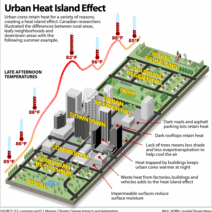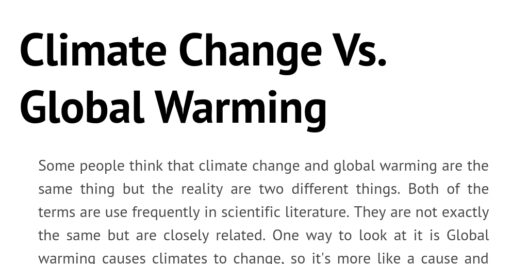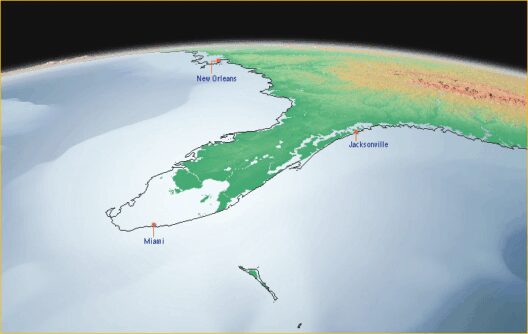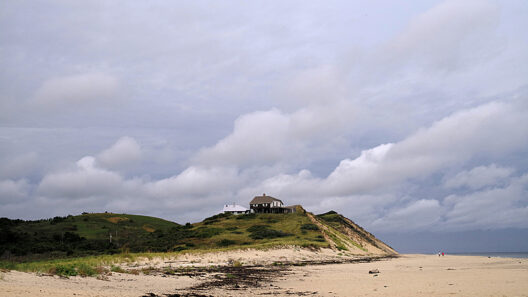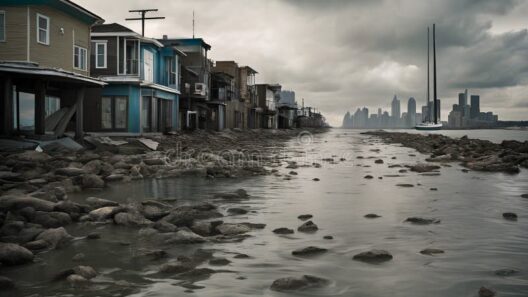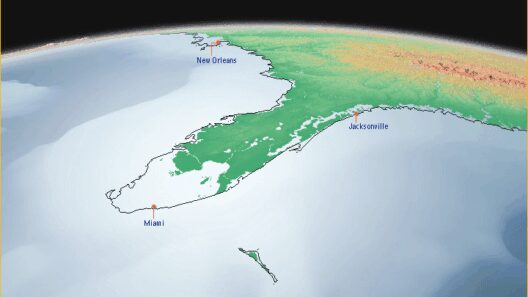The rising tides of the oceans are not merely a backdrop to our lives but are increasingly becoming the playwrights of human existence. An intricate tapestry woven from the loom of climate change presents the world with profound challenges. As the sea level continues its relentless ascent, every drop of water embodies a harbinger of ecological, social, and economic upheaval. This article delves into the multifaceted impacts of rising seas and illuminates how these transformations shape our planet.
As the earth’s temperature warms, glaciers retreat and icebergs shatter like fragile glass. Water, once frozen in time, now flows liberally into the oceans, contributing to what has become an inexorable rise in sea level. This phenomenon is not a distant threat but a reality confronting coastal communities worldwide. Through examining the environmental, economic, and social ramifications, we can shed light on this existential crisis.
Understanding the environmental consequences of rising seas offers a window into the intricate relationships that define life on our planet. The delicate balance of ecosystems teeters as saltwater infiltrates freshwater sources. Freshwater habitats become tainted, threatening the survival of species that are ill-equipped to handle saline conditions. Bruised ecosystems, reminiscent of a painter’s canvas strewn with errant strokes, face the possibility of collapse.
Moreover, the loss of coastal wetlands, which serve as natural buffers against storms and flooding, compounds the issue. These verdant havens are not merely beautiful; they are crucial in maintaining biodiversity and providing habitats for countless species. As these wetlands are submerged or eroded away, the rich flora and fauna they support face devastating consequences. This alteration is akin to a symphony being rendered silent, each note—representative of diverse life forms—extinguished by the rising tide.
As we cast our gaze upon urban areas, the effects of sea-level rise unfurl like a dramatic narrative. Coastal cities, often heralded as bastions of culture and commerce, are now at risk of becoming mere memories submerged beneath the waves. The encroachment of seawater threatens not only infrastructure but also the very fabric of communities. Streets that were once thriving centers of activity now stand on the precipice of oblivion, a stark transformation akin to a bustling marketplace transformed into an echo chamber of desolation.
Furthermore, the economic ramifications reverberate through national and global spheres. The costs of adaptation and mitigation soar into the stratosphere as governments scramble to protect their shores. Coastal defenses, such as seawalls and levees, are like band-aids on a deep wound, providing temporary reprieve but failing to address the underlying issue. Insurance premiums rise, and the prospect of loss dissuades investment in these vulnerable regions. Consequently, an economic chasm widens as businesses falter and jobs vanish into the abyss.
In addition to tangible losses, the emotional toll of displacement cannot be understated. Communities facing the onslaught of rising waters are forced to confront an existential crisis. For many, the sea does not merely encompass the land; it is a home laden with memories, culture, and identity. This struggle is evocative of a family legacy unraveled thread by thread, leaving behind echoes of laughter and stories washed away by the relentless tide.
As we navigate these treacherous waters, we must also consider the political implications. The migration of populations from low-lying areas creates a burgeoning demographic shift—climate refugees. Nations must grapple with the ethical dimensions of such displacement, leading to potential geopolitical tensions. The metaphorical tide of people seeking safety could result in a rising swell of conflict, akin to waves crashing against stubborn cliffs, eroding stability in both host and home nations.
The intertwining of sea-level rise and community resilience offers a glimmer of hope amid disheartening statistics. Cities are beginning to adopt innovative strategies, like building floating neighborhoods that adapt to the rising water levels. These initiatives are architectural marvels, capable of reshaping our relationship with nature. They signify a shift from passive acceptance to proactive engagement with the environment, a veritable renaissance of urban living.
Moreover, engaging local communities in conservation efforts can foster a renewed sense of stewardship for coastal areas. Education and awareness can empower individuals to take action, transforming themselves into guardians of the ecosystem. This collective endeavor is reminiscent of a phoenix rising from the ashes, embodying resilience and hope in the face of daunting challenges.
As we contemplate our future, it is vital to embrace the interconnectedness of the challenges we face. Rising sea levels are not standalone threats; they intertwine with issues like biodiversity loss, economic inequality, and community resilience. Each action taken to mitigate these effects is akin to weaving a resilient fabric—stronger together, protecting us from the adversities of climate change.
The tide is rising, and with it, an urgency to act cascades through every corner of our planet. As stewards of this Earth, we must rally together, harnessing innovation and empathy to combat the encroaching water. The time to transition from complacency to action is now, for the future of our communities and ecosystems rests precariously upon the waves.

